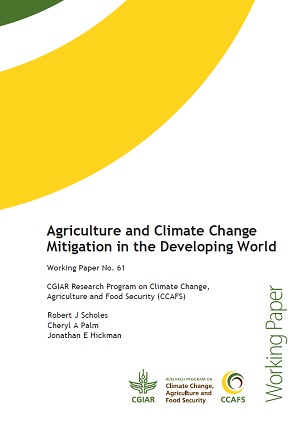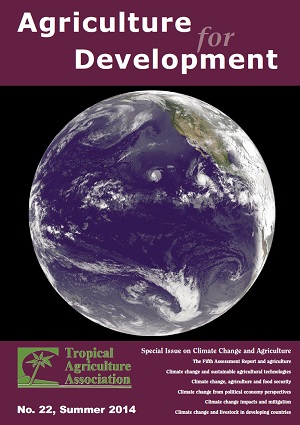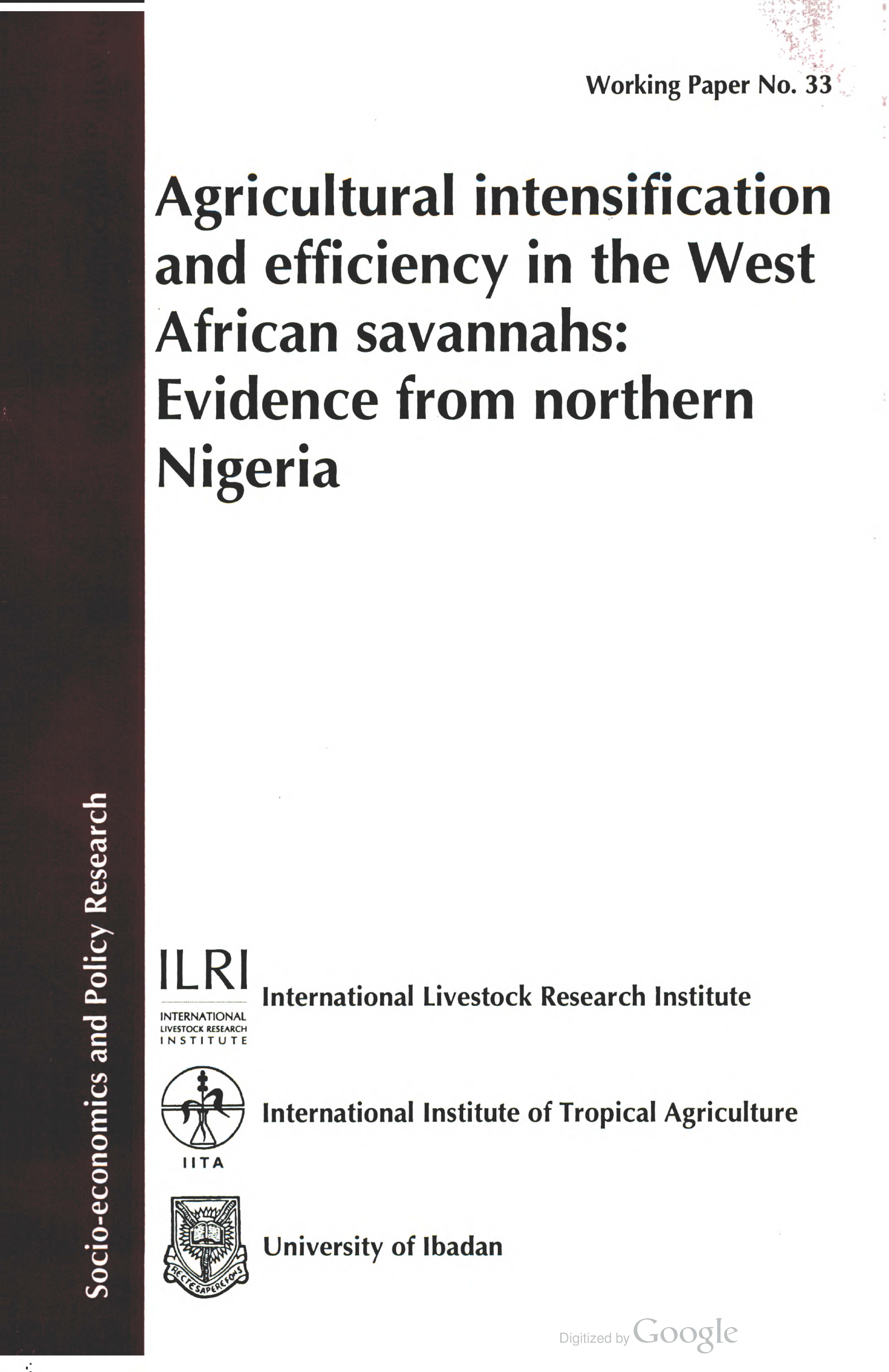Adaptive, participatory and integrated assessment and agro-ecosystem analysis to support decisionmaking for water allocation for fisheries and agriculture in the Tonle Sap wetland system
Commune agro-ecosystems analysis (CAEA) is a participatory approach designed to help communities improve decision making at the commune (subdistrict) level. To better integrate fisheries considerations into the CAEA process, the CGIAR Challenge Program on Water and Food (CPWF) initiated the project that significantly improved the way fisheries issues are addressed. The use of CAEA has been officially adopted as a national policy for agricultural development.









